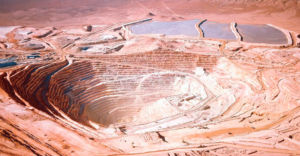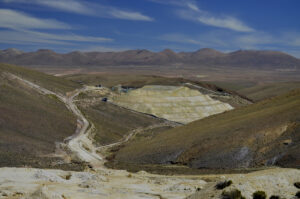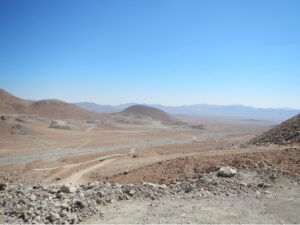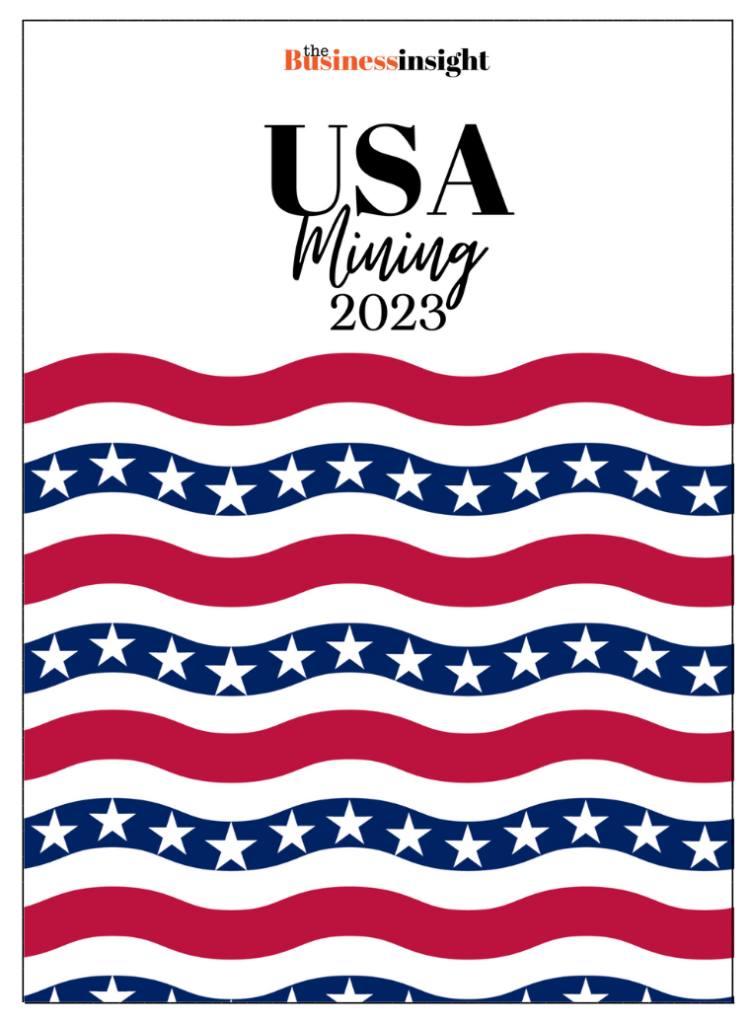
- Romania | 26 December 2021

Could you shed light on Romania’s market for historical and luxury properties and the current demand from customers?
Our 2018 market report indicated around 10,000 historical buildings, including class A and B monuments. Romania’s landscape is distinctive due to the aggressive confiscation of many of these structures during communism. However, post-1990, an equally aggressive restitution process restored a balance. Our portfolio comprises centuries-old palaces, castles, mansions, and villas, rich with historical significance and often designed by renowned architects. Their value extends beyond functionality, providing an opportunity to revive associated historical values.
Developers are increasingly recognizing the potential in repurposing these buildings into unique residences or prestigious office spaces. Success stories like hotels such as Athénée Palace and Continental Hotel, office concepts in historic buildings like Metropolis Center, and retail units like Cărturești Verona exemplify this trend.
What’s the typical profile of investors in these assets, and how does domestic and foreign demand compare?
Predominantly, Romanian clients have been the major investors, but there’s a growing international interest. Romania’s strategic geographical location makes it easily accessible. The investor profile ranges from B2B clients purchasing buildings for business headquarters or historic apartments to end-users seeking distinctive residences. The pandemic also prompted a surge in interest for secondary countryside residences.
The pandemic shifted buying patterns. How did it affect the market’s focus?
Absolutely! There was an increased interest in suburban or extra-urban areas, emphasizing the significance of the “Zoom room” during the pandemic. Outdoor space became pivotal, particularly for families. Simultaneously, city dwellers sought larger, more comfortable apartments.
What distinguishes Romania’s luxury market, and what challenges and advantages stand out?
Challenges often coincide with advantages. National loan options may pose difficulties, yet owners of class A national monument buildings can access European funds like the RO-CULTURA program, offering substantial financial support. The luxury segment in Romania is still in its nascent phase, offering opportunities for properties with top-notch amenities, security, and services.
What are Romania Sotheby’s International Realty’s plans for the next few years?
We aim to solidify our position in historical and heritage buildings and finalize ongoing portfolio transactions involving landmark buildings. Expanding our luxury property selection, forging partnerships with consultants nationwide, and establishing ourselves as a hub for Sotheby’s Realty International in the region are priorities. Additionally, we intend to emphasize available international properties for Romanian clients while focusing on reclaiming and reintegrating heritage buildings into public or private circuits with the aid of our partners.














